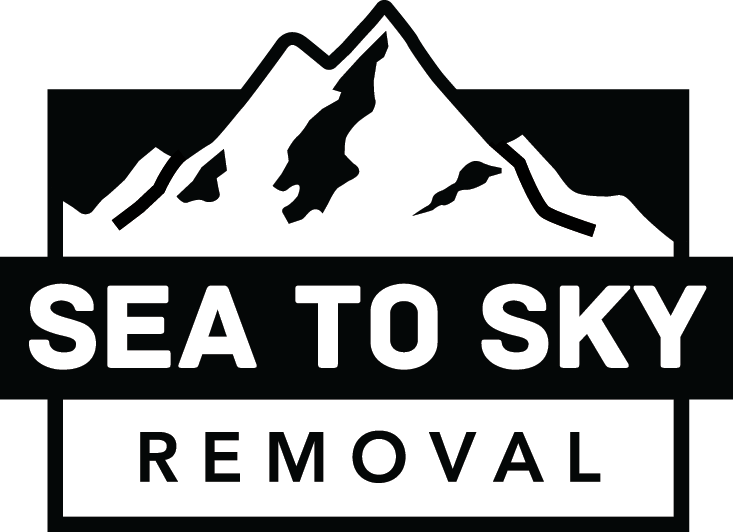According to Construction Specifications Canada, construction and demo waste makeup 23 percent of society’s overall waste and is the greatest producer of wood waste in North America. More than half of construction and demolition-related debris is recyclable or reusable and doesn’t need to end up in landfills. Builders may assume that environmentally friendly practices will hurt their bottom line, but waste diversion can reduce disposal costs by up to 30 percent!
TIPS FOR GREENING YOUR CONSTRUCTION SITE
1. Set up a designated recycling station. Dedicate bins or a site area for diverting materials such as metal, cardboard, plastics, drywall, clean wood as well as reusable building materials. Not only does taking metal to the scrap yard keep these materials out of the landfill, you’ll generate funds to help pay for end-of-the-week beers or treats for the crew. It’s a win-win!
2. Encourage designs that create less waste creation. Raise awareness of expected environmentally conscious waste management practices at the beginning of the project, we need to lead by example. Use standard sizes and qualities of materials and always plan ahead to reduce cut-offs and over-ordering, unless used items can be returned or donated.
3. Think twice before you toss it. Could it be reused? Usable lumber up to 4 feet can be taken to not for profits such as Habitat for Humanity; Restore, Squamish ReBuild, Urban Repurpose, and Whistler Re-Build-It Centre - extra dimple mat or blue rigid insulation is also a great material to donate too. Give them a call and they will be sure to answer all your donation questions!
4. Deconstruction is the future. Dismantle buildings rather than knock them down to increase the amount of undamaged materials that can be salvaged and donated.
5. Reusable mugs and bottles DO make an impact. Invest in reusable mugs or bottles for your crew, since nearly half of the garbage collected on construction sites are from disposable coffee cups and single-use containers. As an extra step, supply a water service for your site. Less plastic water bottles the better!
6. Be a recycling hero! Take the lead on-site. Download the Recycling Council of B.C.’s mobile Recyclepedia app. It’s a quick and simple tool that helps you find more than 1,000 drop-off locations and recycling options for over 70 materials or products across the province or give your local Recycling Hotline a call.
These small acts create big impacts towards keeping your construction site clean and green!
Sea to Sky Removal is the first waste hauling company in Canada to implement award-winning on-site recycling stations on construction sites to make sorting recyclables easier. Each of their recycling stations can divert nearly half a tonne (300 pounds) from the landfill, and our crews hand-sort every load to ensure the maximum tonnage of recyclables are diverted. We donate reusable materials to non-profits, such as Habitat for Humanity; ReStore. You can even request a waste audit and photo documentation, so you’ll know exactly where your materials end up.
As a financial incentive, keeping recyclables out of landfills reduces waste management costs.



